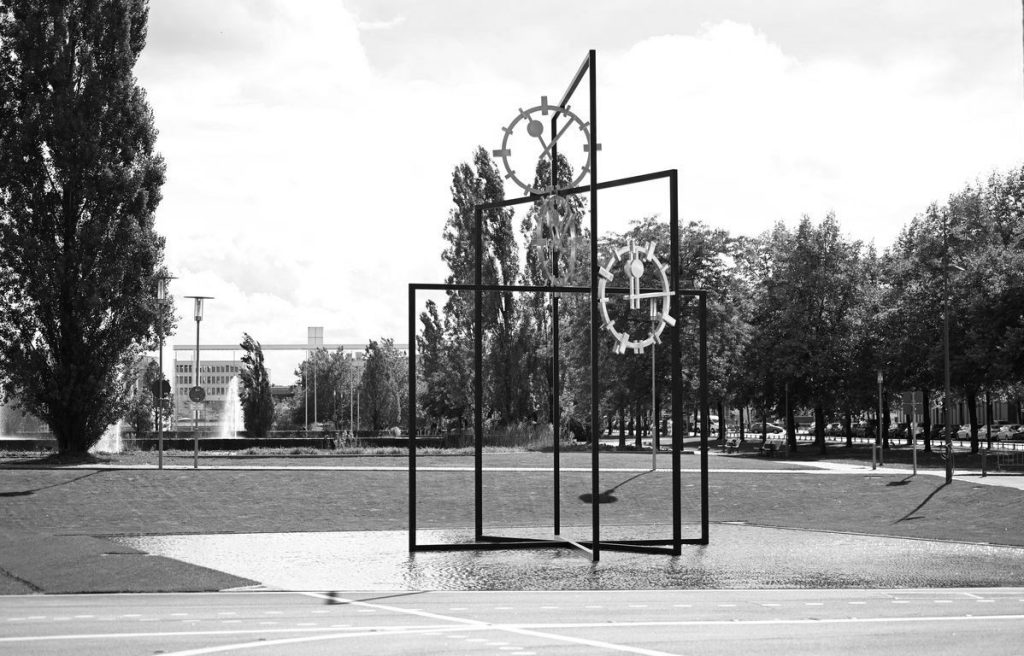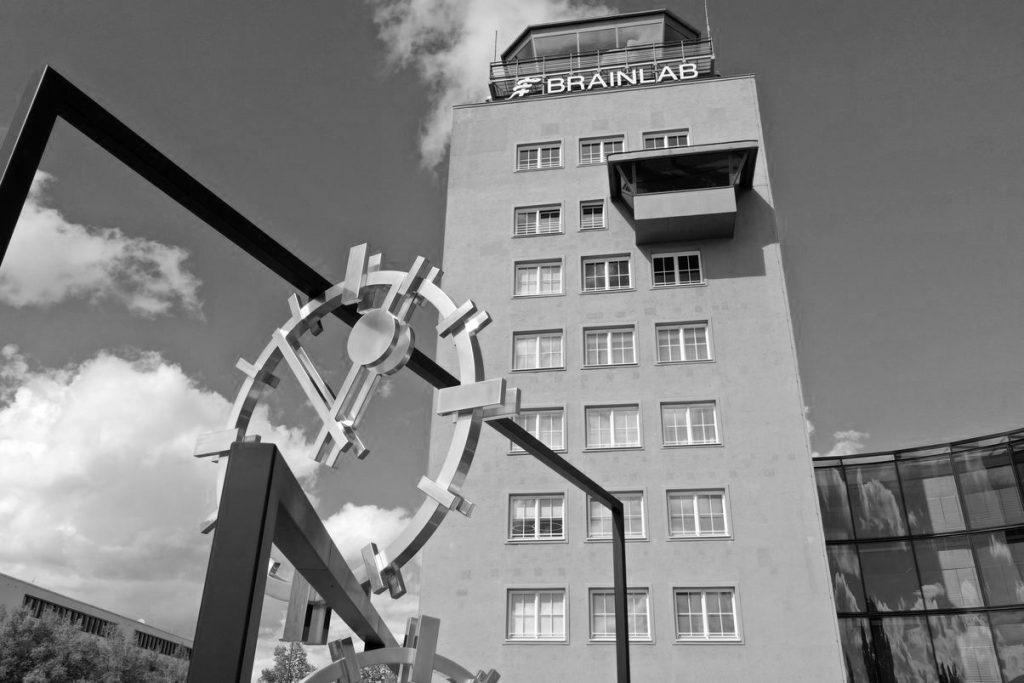The Memorial Site Munich-Riem 1970
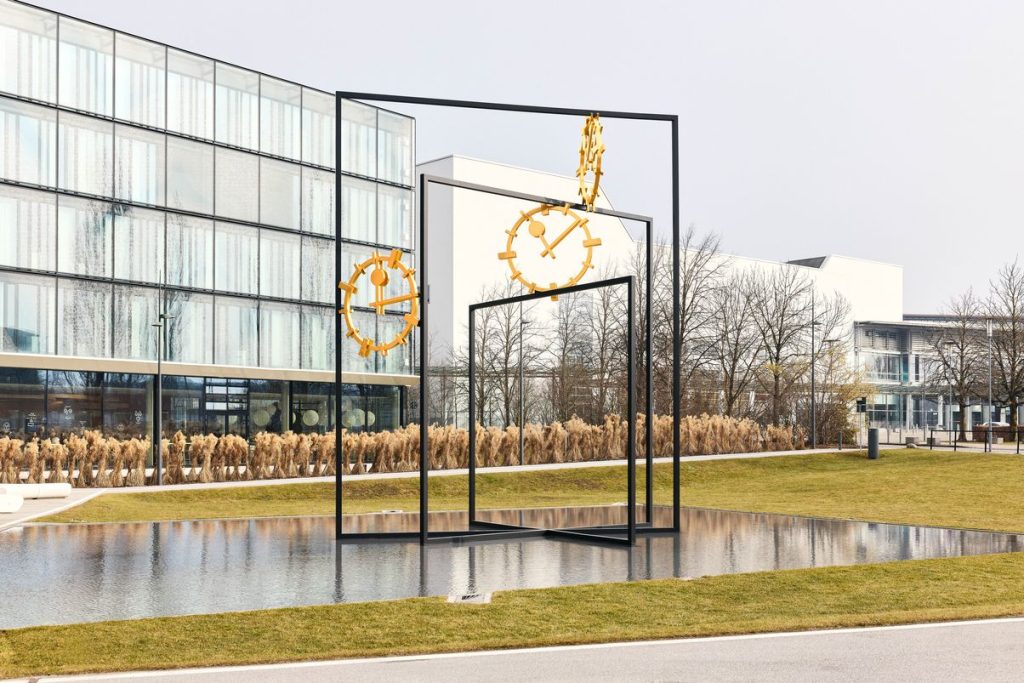
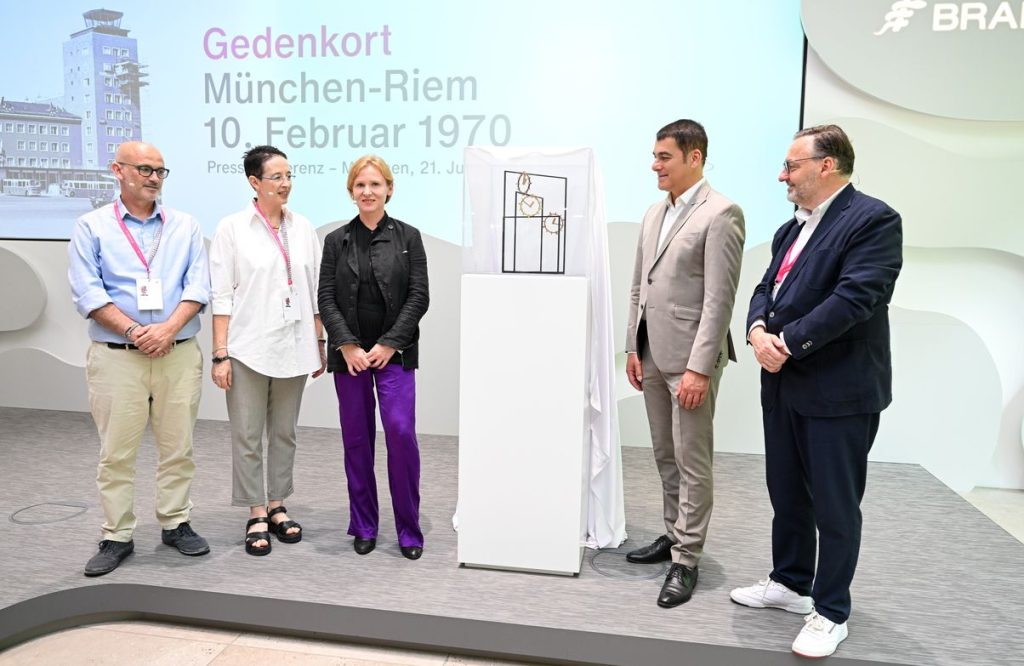
The attack by Palestinian terrorists on 10 February 1970 at Munich Airport, located at that time in the district of Riem, and the tragic fate of all those caught up in this event, was not commemorated publicly for decades. Only through the intervention of the Katzenstein family, their friends and the Consulate-General of Israel, Munich, was attention first drawn to this gap in the remembrance cultural calendar. From 2019 onwards, the Munich City Archive and the Department of Arts and Culture worked together with the families and the company Brainlab AG to create a publicly memorial on the site of the attack.
The attempted hijacking on 10 February 1970 and the violent death of Arie Katzenstein as well as his story are barely anchored in the collective memory in Israel either. While Hanna Maron’s serious injury attracted attention and the flight captain Uriel Cohen was publicly honoured, other attacks such as the Munich Massacre during the Summer Olympics in 1972 soon received greater public attention.
To mark the tenth anniversary of the attack, the President of the State of Israel honoured Arie Katzenstein’s action in a letter to his family. In 2000, on the 50th anniversary of his father’s death, Arie’s son, Ofer Katzenstein, made his father’s story public through the media in Israel. He and his sister, Miki Dror, have been working with pupils for many years at the school in Haifa that they and their father attended. Every year, they share their memory of Arie Katzenstein and their notion of non-violent conflict resolution with young people.
Today’s memorial site Munich-Riem 1970 is the result of the close co-operation between the Munich Department of Arts and Culture and members of the victims’ families in Israel – a crucial step towards a shared form of commemoration.
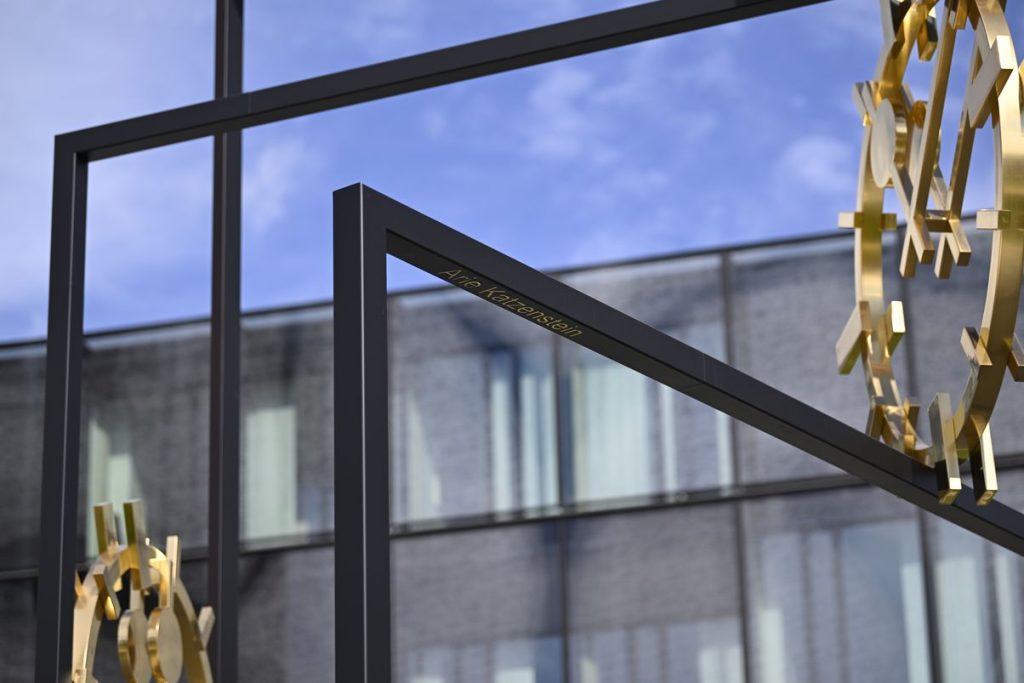
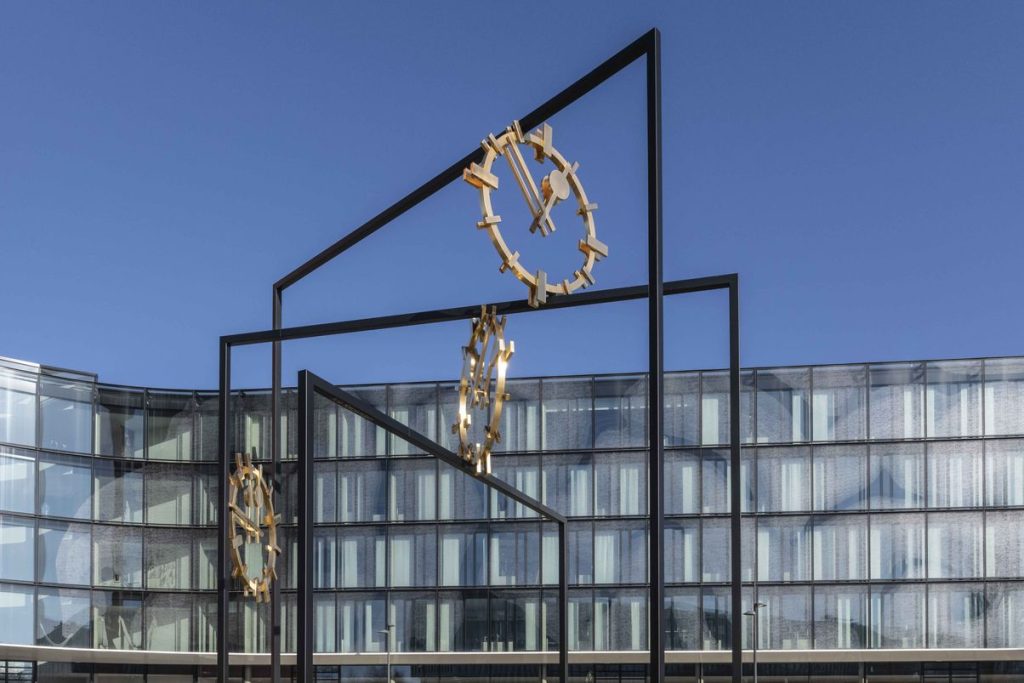
The Memorial Site Munich-Riem 1970 was created by the City of Munich in cooperation with Brainlab AG to mark the 55th anniversary of the attack. The internationally renowned artist Alicja Kwade was commissioned to create a commemorative artwork on this historic site.
More detailed information on the terrorist act and the victims can be found on this website. The in-depth information was compiled, from 2019 onwards, by Public History Munich, a section of the Department of Arts and Culture, in close dialogue with Arie Katzenstein’s relatives and the survivors.
To this day, not all of the background and those affected by the attack in Munich-Riem are known. Public History Munich is in contact with internal and external researchers and archives and is endeavoring to conduct in-depth research. The Munich-Riem 1970 memorial site is intended to commemorate the attack on February 10, remember the victims and serve as a reminder for peaceful commitment.
